At a last-minute invitation from his son, Graham Downing visits the Ouse Washes for an unscheduled expedition in the teeth of storm Barbara

It has been a vintage wild fowling season. From the middle of last autumn the wigeon, teal and other migrants packed into our estuaries and major wetlands in their tens of thousands. I have yet to see the bulk of bag returns from members of my own wild fowling club, but from the conversations that I have had with other fowlers and from the evidence of my own fowling trips, I have little doubt they will confirm that it has been a bumper season.
The reasons seem pretty obvious. Throughout late October and November we had long spells of easterly winds on which migrants could hitch a ride across the North Sea, and the particularly harsh weather that was experienced across central and eastern Europe made it imperative for birds to move westwards to Britain’s more temperate winter quarters. Even the populations of resident garden birds have been boosted by an influx of migrants — I have never seen so many blackbirds feasting off the fallen apples in our orchard as I did in December.
It is good to see lots of duck and geese, but for the fowler to be able to get on terms with them, the weather conditions here have to be right too. Cloud to help you spot incoming birds against a darkening sky and wind, lots of it, to keep them flying low.
A second chance
“I’m going to make another trip to Welney on Friday,” my son George announced halfway through the week before Christmas. “The water level is perfect for our wash and there’s a big storm due to hit, so conditions should be good. Would you like to come?”
George and two of his friends had shot the Ouse Washes a few days previously and had enjoyed a bit of a bonanza, with pretty much non-stop action right through the morning. Now, with a prediction that Barbara, the second named storm of the winter, would unleash her fury on the Friday before Christmas Eve, there was every chance that this success could be repeated.
Denne historien er fra February 1,2017-utgaven av Shooting Times & Country.
Start din 7-dagers gratis prøveperiode på Magzter GOLD for å få tilgang til tusenvis av utvalgte premiumhistorier og 9000+ magasiner og aviser.
Allerede abonnent ? Logg på
Denne historien er fra February 1,2017-utgaven av Shooting Times & Country.
Start din 7-dagers gratis prøveperiode på Magzter GOLD for å få tilgang til tusenvis av utvalgte premiumhistorier og 9000+ magasiner og aviser.
Allerede abonnent? Logg på
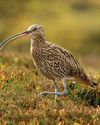
United we stand
Following United Utilities' decision to end grouse shooting on its land, Lindsay Waddell asks what will happen if we ignore our vital moors
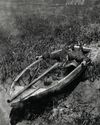
Serious matters
An old gamebook prompts a contemplation on punt-gunning
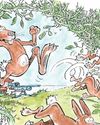
They're not always as easy as they seem
While coneys of the furry variety don't pose a problem for Blue Zulu, he's left frustrated once again by bolting bunnies of the clay sort
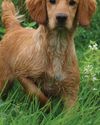
Debutant gundogs
There's lots to think about when it comes to making the decision about when to introduce your dog to shooting

When the going gets rough
Al Gabriel returns to the West London Shooting School to brush up on his rough shooting technique

The Field Guide To British Deer - BDS 60th Anniversary Edition
In this excerpt from the 60th anniversary edition of the BDS's Field Guide To British Deer, Charles Smith-Jones considers the noise they make
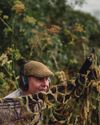
A step too far?
Simon Garnham wonders whether a new dog, a new gun and two different fields in need of protection might have been asking too much for one afternoon's work

Two bucks before breakfast
A journey from old South London to rural Hertfordshire to stalk muntjac suggests that the two aren't as far detached as they might seem
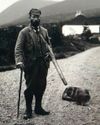
Stalking Diary
Stalkers can be a sentimental bunch, and they often carry a huge attachment to their hill

Gamekeeper
Alan Edwards believes unique, private experiences can help keepers become more competent and passionate custodians of the countryside